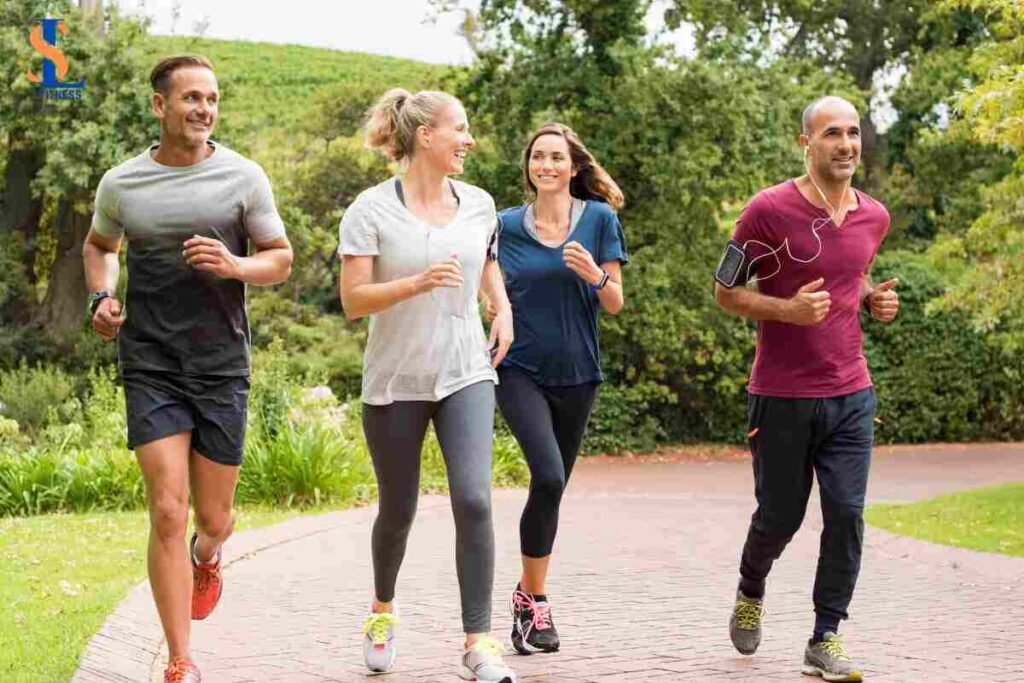A successful run requires a well-organized warm-up. Applying the brakes this time is advisable, even if it may be tempting to roll out of bed, put on your shoes, and go for an early morning run. Though many runners may not think much about it, it might be time to start thinking about it.
Why is Warm Up Important?
No matter what workout or effort you have on deck for your run, you must ease into it.
Why this matters:
- Increase muscle temperature
- Preserve anaerobic energy
- Prime the nervous system.
These three effects will lead to:
- Reduced cardiac stress
- Decrease muscle soreness.
- Reduce injury risk.
Think about your warm-up as a prelude to your trail run, long run, or track exercise. Each has a distinct emphasis, length, and intensity. If you’re getting ready for a trail run, you should focus on improving your agility and neuromuscular coordination on rough environments. When getting ready for a track exercise, you should make sure your cardiovascular system is ready for the demands you will put on it.
We can improve the transport of oxygen from our blood to our working muscles and so boost our oxygen delivery by enabling our muscles to “warm up” or rise in temperature. One degree Celsius increase results in a two to five percent improvement in power performance. Nice, don’t you think? Furthermore, we permit our tendons and muscles to become “loose” due to a temperature rise. As a result, our tissue becomes less rigid and more pliable, making it less prone to damage. We run because someone with warmer, looser tissue is less likely to be injured by eccentric contractions, which cause harm.
Last but not least, warming up enhances the signals that get to our working muscles by fortifying the connection between our brain and body. What does this signify for us?
How to Design a Warm-Up
The goal of your workout should always be in mind while putting together an exercise program, whether it involves myofascial rolling or activation exercises. There are several ways to create a warm-up routine. Remembering that there is no one-size-fits-all approach is vital, much like with training plans. Try many things to see what suits you the best. You might want to ask yourself the following questions:
- What is the goal of the workout?
- How am I feeling today?
- Are there any particular places where I feel tight?

You may personalize the way a warm-up feels for you by asking yourself similar questions. If you are feeling tight in your calves and feet upon waking up after recovering from an ankle sprain, you may want to err on the side of caution and concentrate your warm-up exercises on these areas. To help release any trapped tissue, start by rolling on some foam and focus on your mobility. This holds for all tender spots.
Depending on your workout, the warm-up takes longer. All you need for an easy or endurance run is some foam rolling, dynamic stretches, and a little stroll. However, make sure your muscles and heart are prepared for a race or track session. Perform dynamic stretches and myofascial work, then progressively pick up the tempo from a leisurely jog to a race pace.
Active Warm-Up Exercises:
Spend ten to twenty seconds on each exercise.
Lunge with a twist for thoracic mobility
- By targeting the hips, shoulders, hamstrings, quadriceps, and thoracic/lumbar spine in a single exercise, I am incorporating full-body mobility.
2. Walking Knee Pulls
- To assist increase the openness of the posterior and opposite anterior hips, stand tall and draw the knee tightly to the chest. requires the stance leg to be stabilized, which further helps to facilitate glute medius activation.
3. Walking Figure 4s
- Like walking with knee pulls. Nonetheless, turning the leg outward works the lower back and the rotator muscles in the leg.
4. Butt Kicks
- Important neuromuscular functions include synchronization and rhythm as well as activation of the posterior chain muscles (hamstrings, glutes, and calves).
5. High Knees
- Focusing on neuromuscular synchronization and activating the muscles of the anterior side of the body (hip flexors, abdominals, anterior tibialis) are vital during butt kicks.
6. A-Skips
- aid in the growth of lower leg strength, knee drive efficiency, and appropriate foot strike.
Making the most of every run and facilitating recovery requires warming up before each activity, be it an interval training session, a large race, or a recovery run. A thorough warm-up is crucial whether you’re jogging outside or on a treadmill indoors for marathon training.
Also read: https://techdigitaltrend.com/strong-together-strengthening-through-coopera/

1 comment
[…] How to train your core with “balanced abdominal… “Warm-Up, Run Better: How to Prepare for a… People with stiff hip joints struggle to sit… To Loosen Them Up, Rotate Your Hip Joints… […]